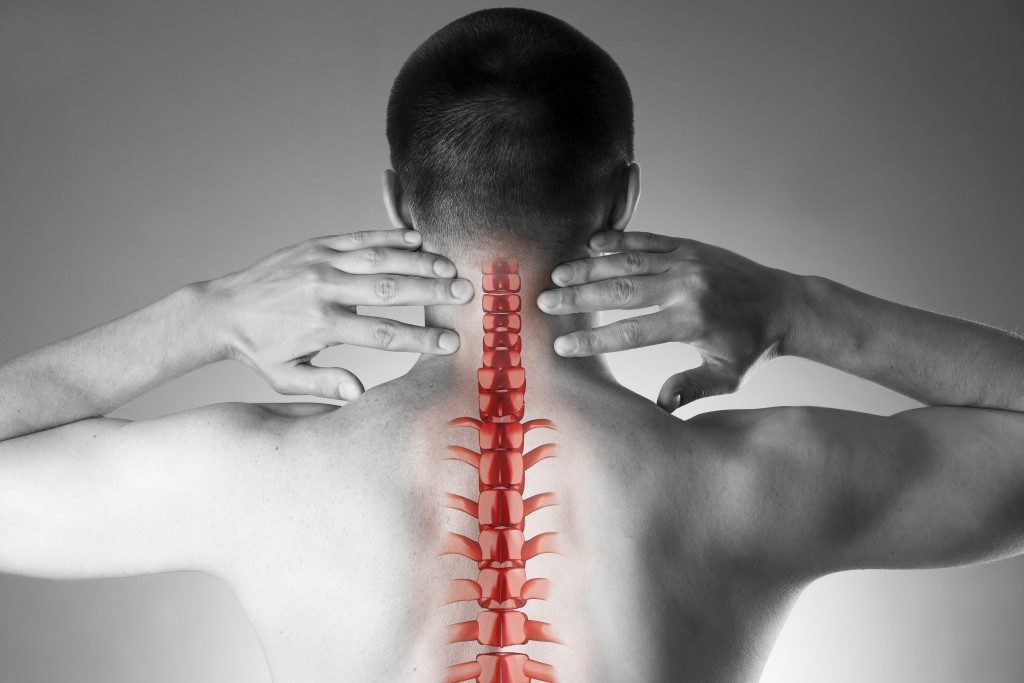People will be barely productive when they are dealing with varying causes and levels of discomfort. While some pain might be bearable and can be handled using home remedies and pain relievers, this is not so when you are dealing with neck pain. This is because the neck is nerve-rich. Moreover, the nerves connect to your upper limbs, head, and run along your spine. To this end, neck discomfort generally results in general body aches and makes your life unbearable.
Spine experts all agree that a physical therapist based in Chandler, AZ, is the one with all the answers for pain affecting along your cervical spine. The activity you will engage in under the guidance of this medical expert will alleviate your neck pain and minimize the chances of its return after your treatment. When people hear of activity, they assume this only means exercise and will thus engage in the same. Unfortunately, this not only worsens the existing issue causing the neck pain but also causes more pain. Before the start of your physical therapy, your health care provider will evaluate your cervical spine’s condition. The following are the evaluation techniques they might employ.
Range of Motion
After the physical therapist observes your posture and the curvature of your spine, he/she checks the neck’s range of motion. This is a measurement of the extent to which your neck can move in multiple directions. The motions they will have you perform include neck extension, flexion, side bending, and rotation. The measurements during this evaluation are noted so that they will be compared with your improvement in range of motion at different periods of treatment.
Neurological Testing
The physiotherapist will also conduct several tests to assess the condition of the nerves in your neck. This evaluation will involve a look at the sensation, strength, and reflexes in your shoulders, arms, neck, and back. The results from neurological testing will help to determine the area, causing problems so that your treatment is customized.
Specific Tests
These are designed to assess different areas that the physiotherapist thinks might be the cause of your neck pain. The commonly considered body areas in special tests include the thoracic spine, temporomandibular joint and thoracic outlet. Nerve tension that involves scarring or irritation of the nerves along your arms and upper back can also be used to point the source of neck pain.
Palpation

This is generally the last step of evaluation. Here the therapist will feel the soft tissues around your neck to check for any changes in the skin’s texture or temperature that could point to nerve irritation or inflammation. The palpation will also pick the tender points in your neck and muscle spasms around your upper back and neck to give the therapist an idea of what treatment will work for you.
The professional management of neck pain is not a simple process of prescribing drugs, physical therapy, and surgery. The above evaluation techniques make a significant difference in your treatment since they will be what your treatment is based upon. Getting the cheapest available solution rather than a professional and proven one for your neck pain is thus not an option.

